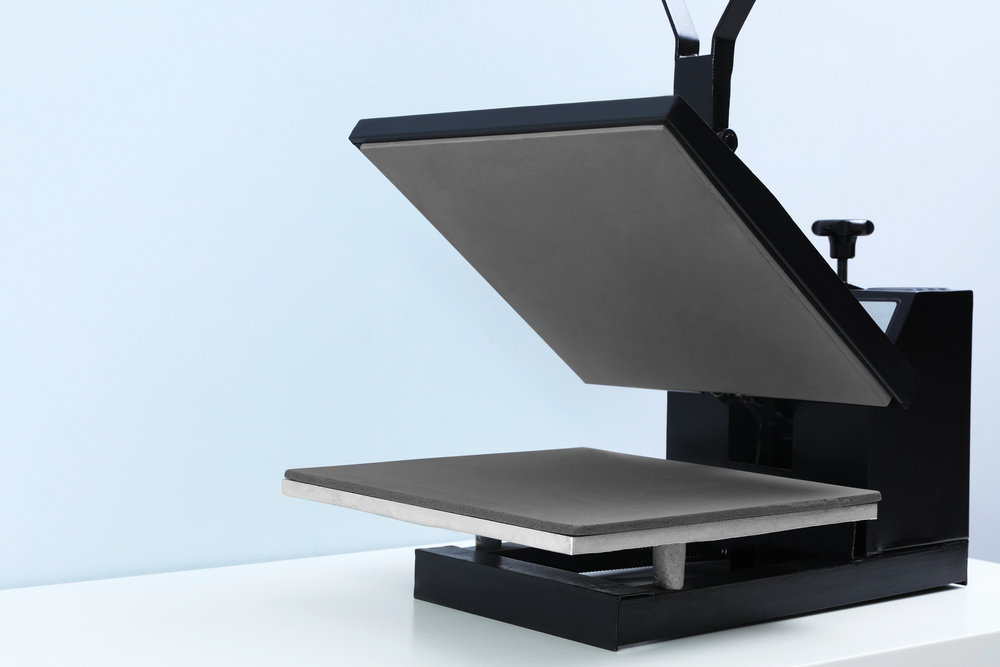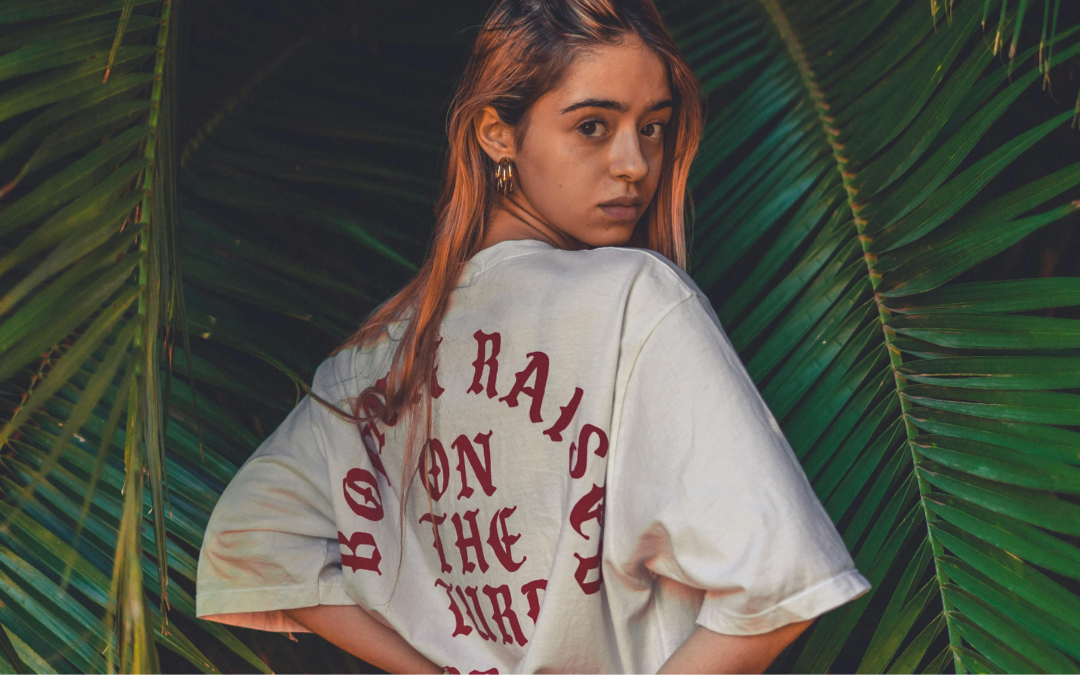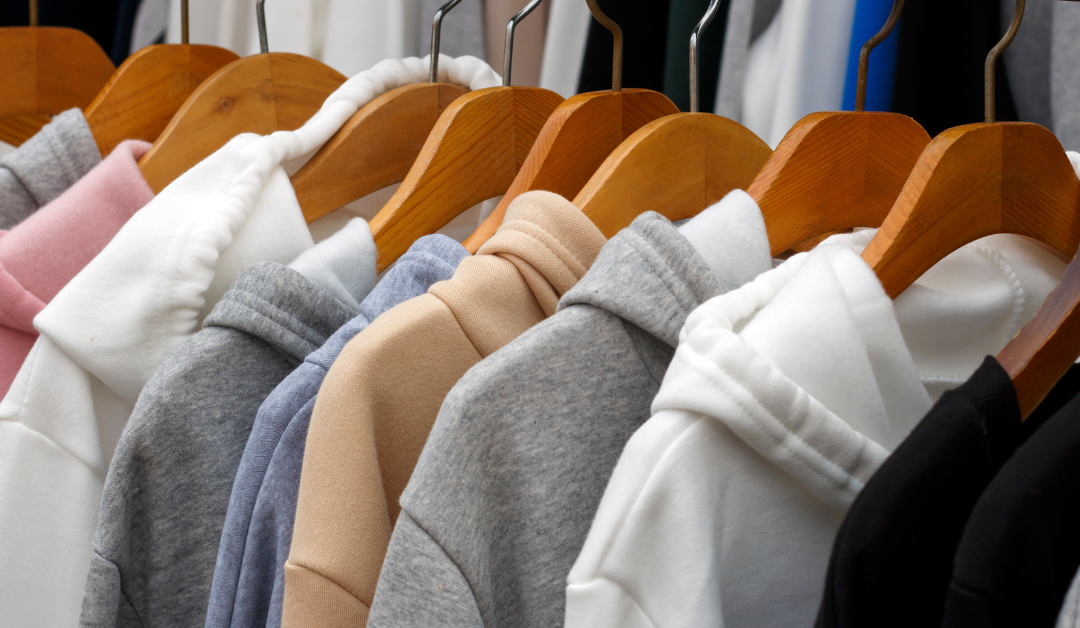Are you wondering what is a DTF transfer?
When it comes to custom printing, businesses and enthusiasts are always on the hunt for methods that deliver results without breaking the bank. Enter DTF Transfers (Direct-to-Film Transfers), a revolutionary technology that’s transforming the landscape of apparel decorating. DTF stands for Direct-to-Film, a technique that involves printing designs onto a special film before transferring them to fabrics.
If you’re a custom printer or an apparel decorator, understanding how DTF printing works, its benefits, and its unique advantages can help you take your craft or business to the next level.
This blog will provide an in-depth overview of DTF printing, its benefits, the process, required equipment, and how it compares to other printing techniques. After reading, you’ll also learn how to get started with our trusted DTF services for vibrant, durable custom prints.

Introduction to DTF Printing
DTF printing, also known as Direct-to-Film printing, is a revolutionary technology that has taken the custom printing industry by storm. This innovative printing method involves printing designs directly onto a film, which is then transferred onto various materials such as cotton, polyester, and blends.
DTF printing offers a wide range of benefits, including versatility, ease of application, and durability. With DTF printing, businesses and individuals can create custom prints with vibrant colors and intricate details, making it an ideal choice for custom garment production, promotional products, and more.

What is DTF Printing?
DTF printing is a method where designs are printed onto a special film, which is then transferred directly onto garments or other substrates using adhesive powder and a heat press. Unlike Direct-to-Garment (DTG) printing or sublimation, DTF doesn’t apply ink directly to fabric, making it incredibly versatile for use on a variety of materials and colors.
From cotton and polyester to neoprene and even leather, DTF technology can handle it all, ensuring vibrant, detailed prints that stand out.
Key Features of DTF Printing:
- Works on a variety of fabrics and colors, including dark and synthetic materials.
- Requires no pre-treatment of fabrics, unlike DTG.
- Prints intricate and high-detail designs with vibrant colors.
If you’re asking yourself, “What makes this printing method special?” read on to uncover its benefits.
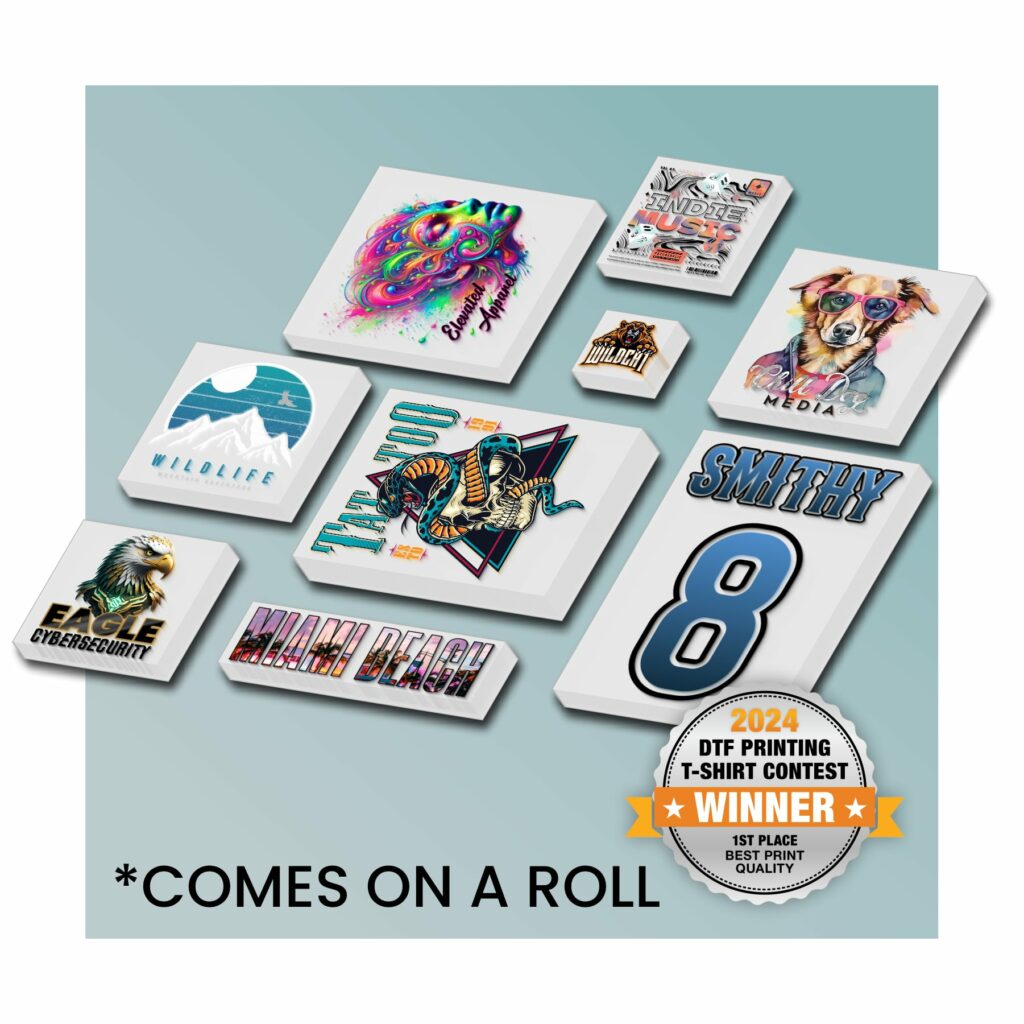
What is a DTF Transfer? | Benefits of DTF Transfers
For custom printers seeking an affordable yet high-quality solution, DTF transfers offer numerous advantages:
1. Versatility Across Fabrics
DTF transfers work on almost any material, including cotton, polyester, nylon, tri-blends, and more. Unlike sublimation, which is limited to polyester-based, light-colored fabrics, DTF printing produces consistent results even on dark or non-traditional substrates.
2. Durability You Can Count On
Do DTF transfers last? Absolutely. DTF transfers are designed to withstand over 60 washes without fading. The resulting prints are durable, flexible, and maintain their vibrant colors even after numerous washes.
3. Cost-Effective and Accessible
DTF printing is a cost-effective solution for small batch printing or startups entering the custom printing market. Services like Limitless Transfers further reduce costs by eliminating setup fees and offering no minimum-order requirements.
4. Detailed and Vibrant Designs
With DTF transfers, intricate graphics and fine details that are tricky with screen printing can be achieved effortlessly. The CMYK+W system ensures vibrant colors and sharp design precision.
5. Eliminates Pre-Treatment
One major benefit over DTG printing methods is that DTF printing requires no pre-treatment of fabric. This saves both time and effort in the production process.

How DTF Printing Works
The DTF process is simple yet highly effective. Here’s a step-by-step breakdown of how Direct-to-Film (DTF) Transfers are created and applied:
1. Printing
Using a DTF printer specifically designed for DTF, designs are printed onto a special transfer film. White ink is added as a backing layer to ensure vibrancy on dark fabrics.
2. Powder Application
An adhesive powder (often called DTF powder or hot melt powder) is applied to the printed image. This helps the design adhere securely to the fabric.
3. Curing
The film is heated in a curing oven or under a heat press to melt the powder and bond it to the design.
4. Transfer
The prepared DTF transfer is placed onto the garment and pressed using a heat transfer machine at consistent pressure and medium heat. After cooling, the film is peeled away, leaving a long-lasting print.

Equipment Needed for DTF Printing
Starting with DTF printing requires some basic equipment. Here’s what you’ll need:
- Desktop Inkjet Printer: Specialized printers with DTF ink capabilities.
- Heat Press Machine: Ensures consistent pressure and heat when applying the transfer.
- Transfer Film: A special DTF film designed for printing and transferring.
- Adhesive Powder: Essential for bonding the printed film to the substrate.
- Curing Oven (optional): Ensures even curing for larger batch production.
- Rip Software (e.g., Cadlink or ProRip): For managing white ink layering and color accuracy.
These tools and materials are essential for producing high-quality DTF prints that are durable and vibrant.
Investing in high-quality equipment will ensure professional results and longer-lasting prints.

Man Printing On T Shirt In Workshop
Applying DTF Transfers
Applying DTF transfers is as simple as it gets:
- Align your transfer to the desired spot on the fabric.
- Use a heat press machine (or even a household iron for DIY projects) to apply medium pressure at 325°F for 15-20 seconds.
- Allow the transfer to cool, then peel away the film for a perfect finish.
- For added durability, press the design again for 5-10 seconds.
These transfers can also be reapplied for enhanced results, making them incredibly forgiving for beginners.

Comparison with Other Printing Methods
Wondering how DTF ranks against other printing techniques? Here’s a quick comparison:
DTF vs. Screen Printing
DTF Benefits:
- Easier for small batch printing.
- Works on a wider range of fabrics.
- No need for screens or setup fees.
Challenges:
- Screen printing remains ideal for bulk production of simple designs.
DTF vs. DTG Printing
DTF Benefits:
- No pre-treatment required.
- Works on diverse fabrics and dark colors.
Challenges:
- DTG is still a strong option for all-cotton garments with bold designs.
DTF vs. Sublimation
DTF Benefits:
- Works on non-polyester fabrics.
- Prints on dark materials.
Challenges:
- Sublimation may yield marginally softer prints on light-colored fabrics.
DTF transfers bridge the gap between affordability and versatility, making them an excellent choice for custom garment production.
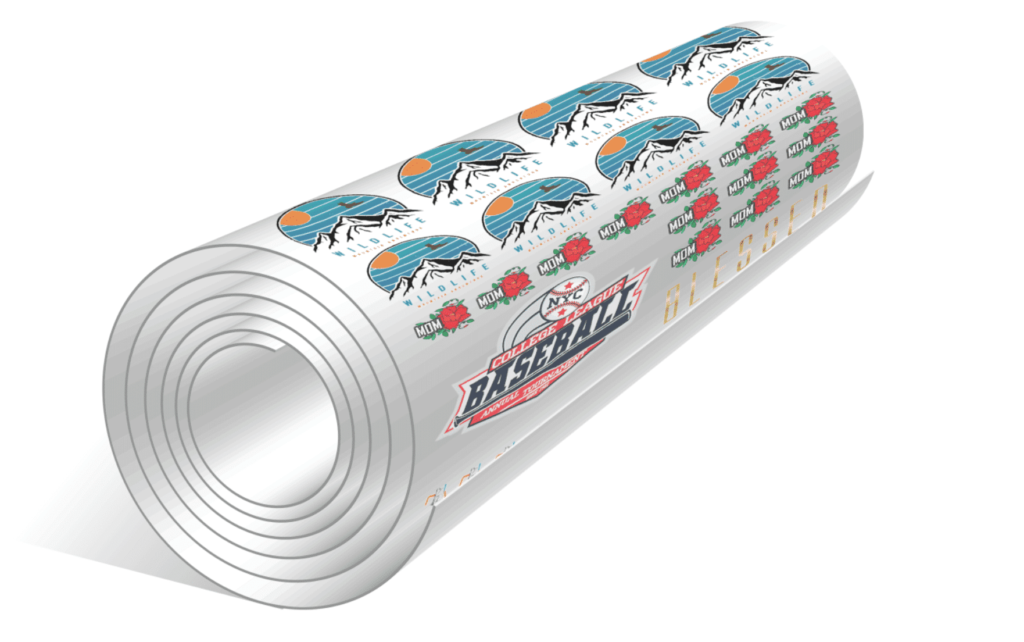
Advantages of Custom DTF Transfers
Custom DTF transfers offer numerous advantages over other printing methods. One of the primary benefits is the ability to print on a wide range of materials, including cotton, polyester, and blends. This makes DTF transfers an ideal choice for customizing clothing, bags, and other textile items. Additionally, DTF transfers are known for their durability and can withstand multiple washes without fading.
They are also cost-effective, especially for small businesses or side hustles, and can be applied using a heat press machine, crafting press, or even a household iron. Furthermore, DTF transfers do not require pre-treating garments before application, making the production timeline faster. Overall, custom DTF transfers offer a convenient, cost-effective, and high-quality solution for custom printing needs.
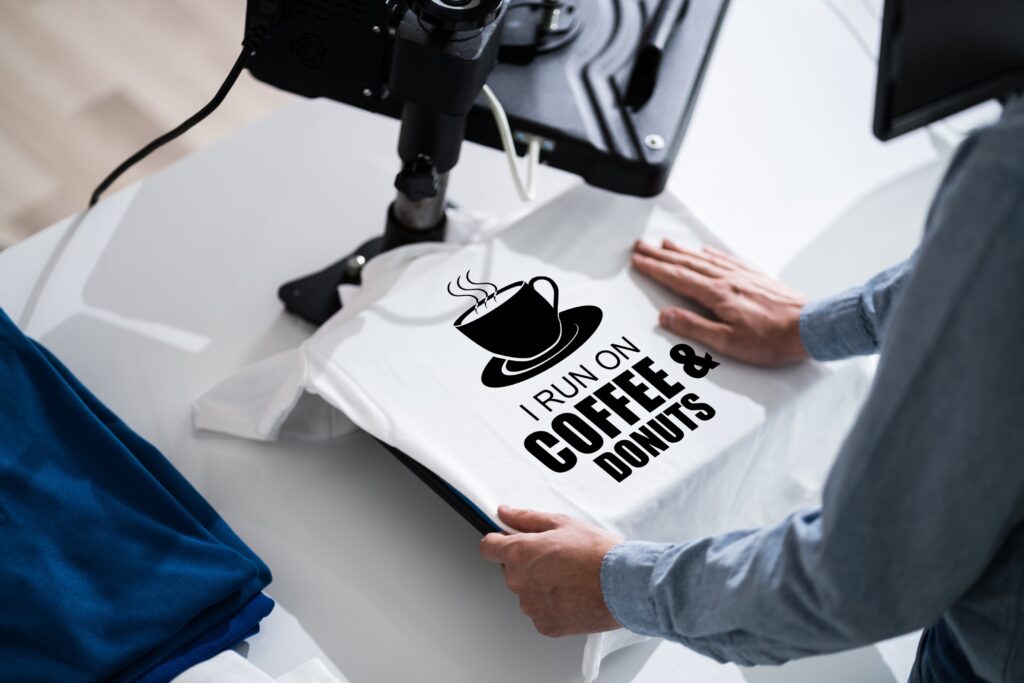
FAQs About DTF Transfers
What types of fabrics are compatible?
DTF transfers work on cotton, polyester, blends, nylon, leather, and more.
What are the key benefits of DTF transfers?
Durability, affordability, detailed designs, and the ability to print without pre-treating fabrics.
What are the heat press settings for DTF transfers?
Press at 325°F with medium pressure for 15-20 seconds.
Can I apply DTF transfers with a household iron?
Yes, but a heat press ensures better results.
How cost-effective is DTF printing?
With affordable equipment and supplies, DTF printing is ideal for small batch printing.

Educational and Helpful Links About DTF Transfers
Discover a comprehensive guide explaining the basics, benefits, and application techniques of DTF transfers.
Learn about the essential tools and materials required to begin your DTF transfer projects.
A detailed breakdown of the printing process, from design creation to the final transfer.
Compare DTF with other printing techniques to identify the best option for your needs.
Find essential tips for maintaining and troubleshooting your DTF printer for optimal performance.
DTF Transfers aren’t just a printing method; they’re a game-changer for apparel decorators and custom printers. With unmatched versatility, cost-effectiveness, and durability, DTF technology allows you to create vibrant, long-lasting designs on various fabrics.
Want to get started? Visit Limitless Transfers for high-quality DTF transfers with no setup fees or order minimums and free shipping on orders over $50. Or, connect with our team to explore supplies and support for your printing business.
Transform your custom garment production today. Choose Limitless Transfers for all your DTF printing needs.

